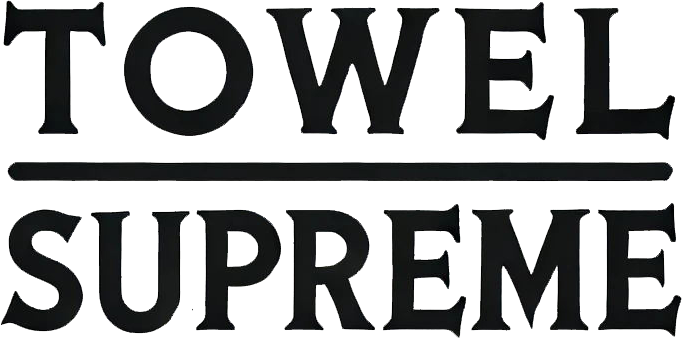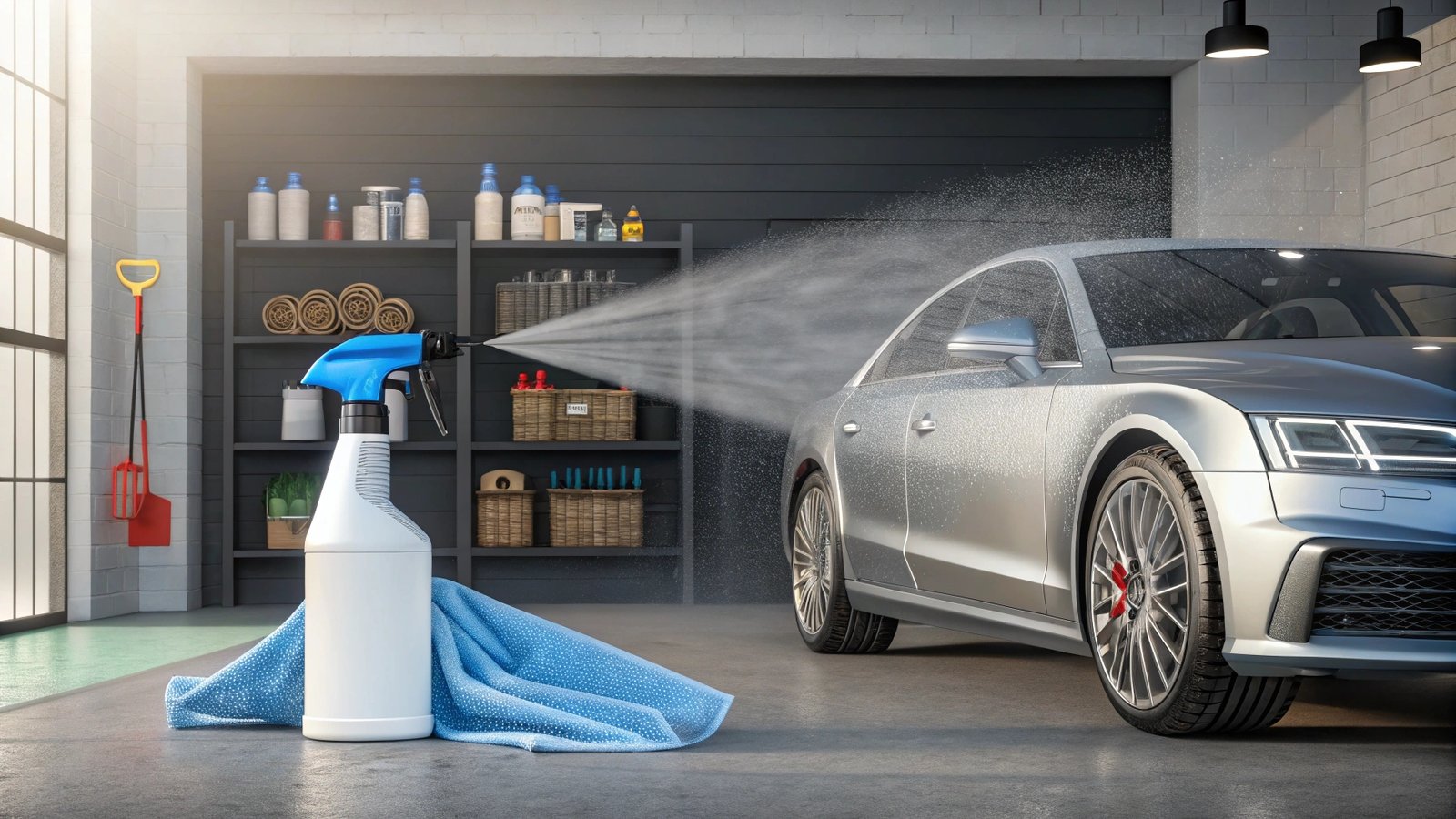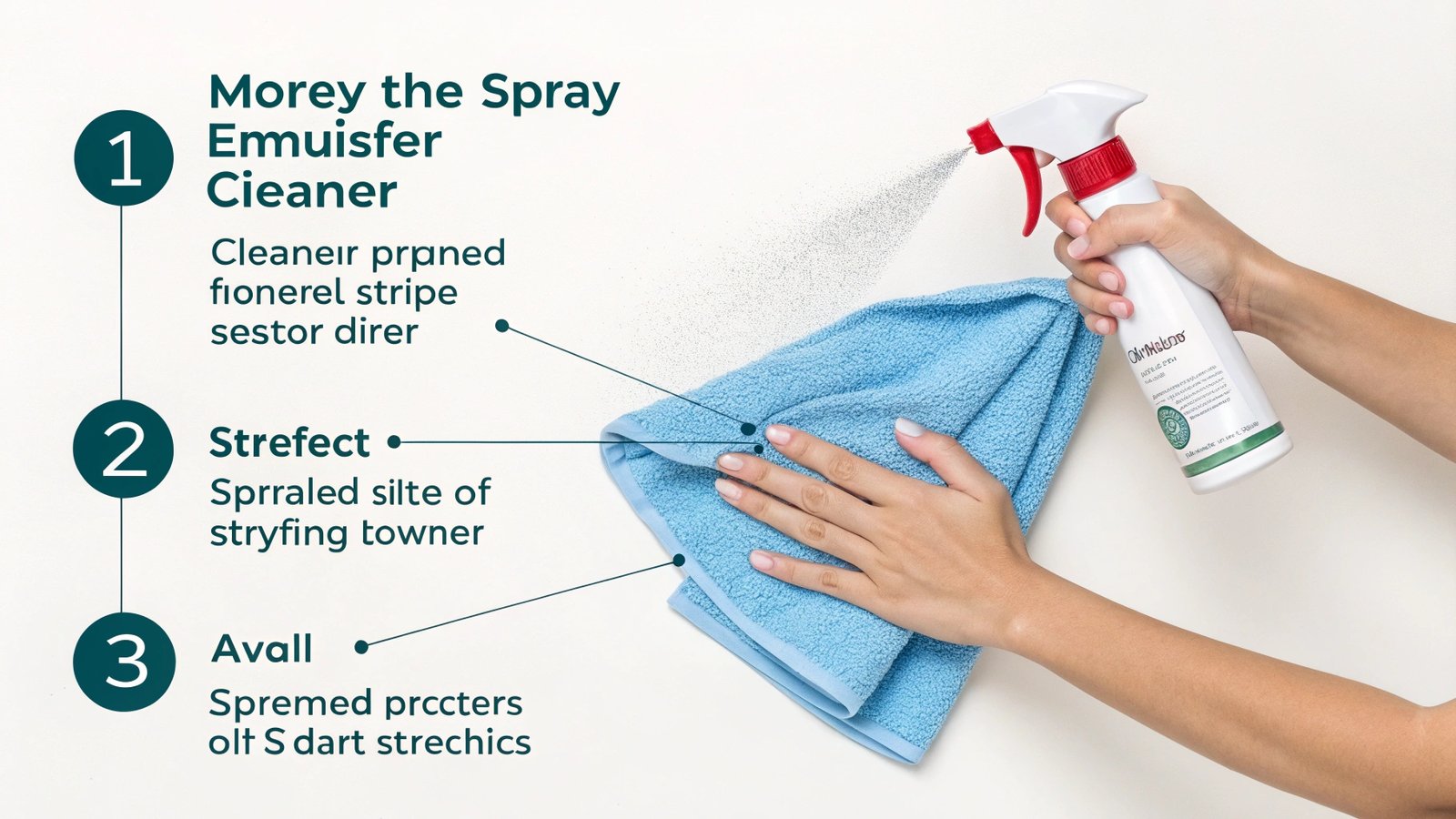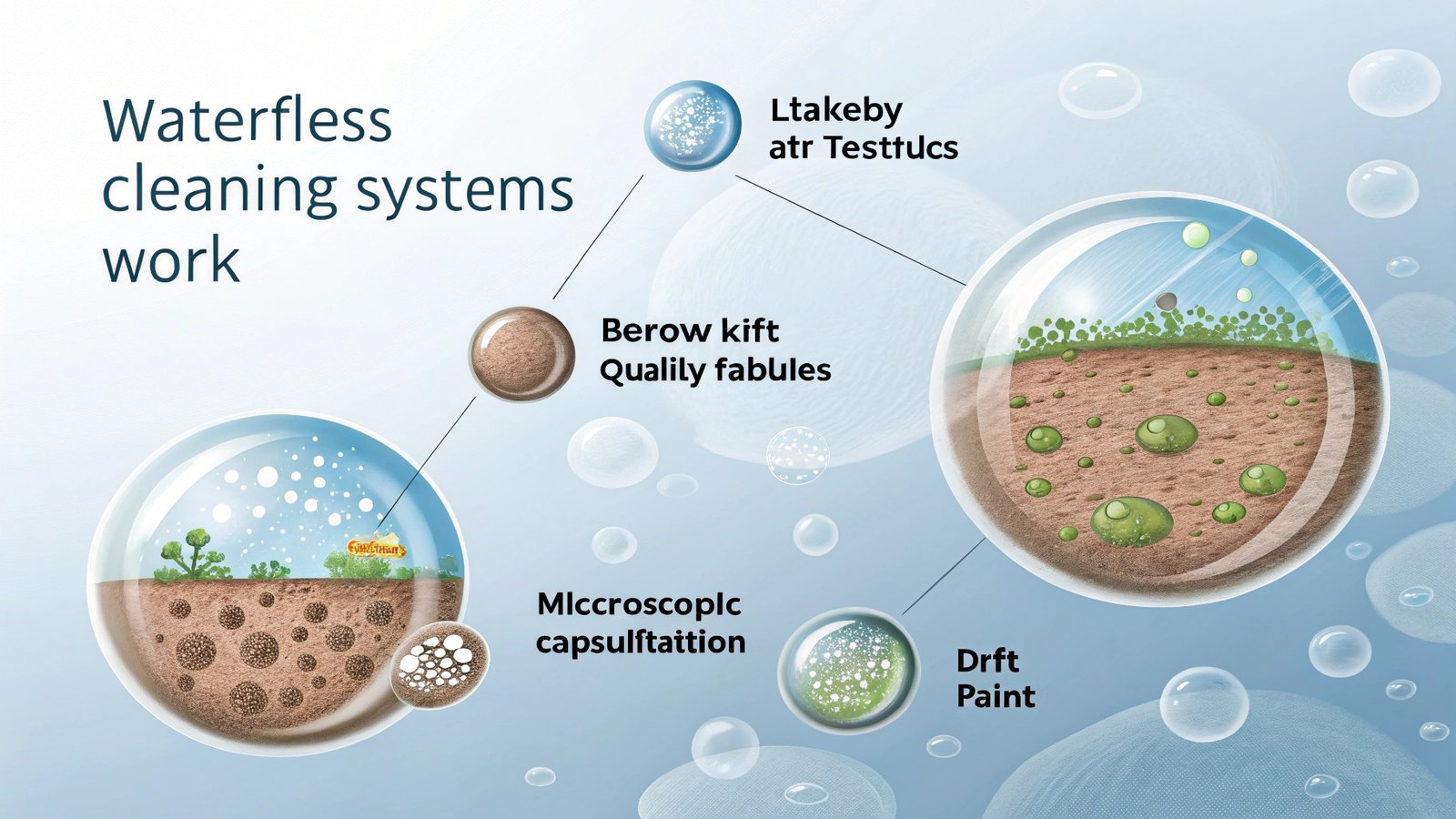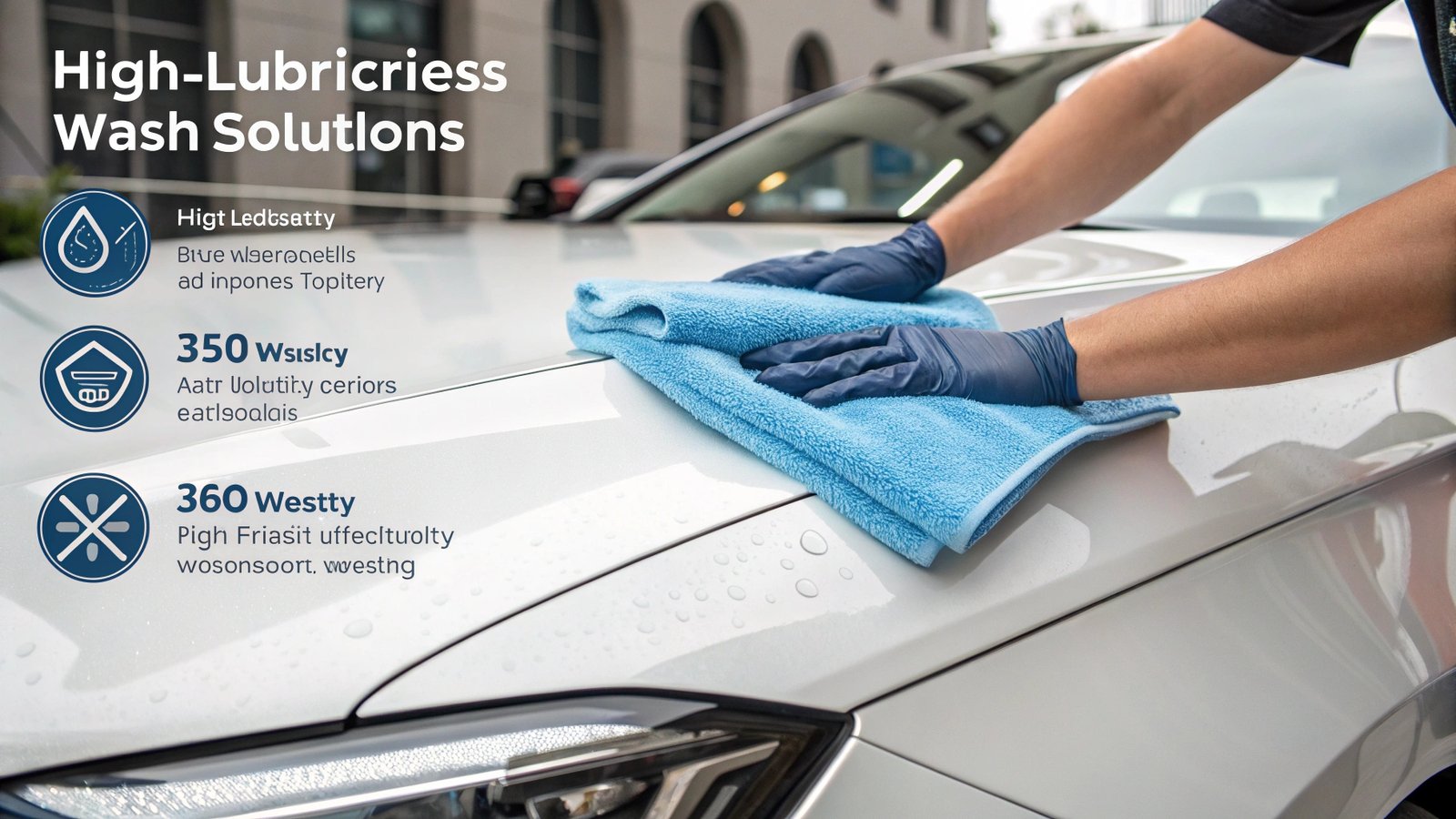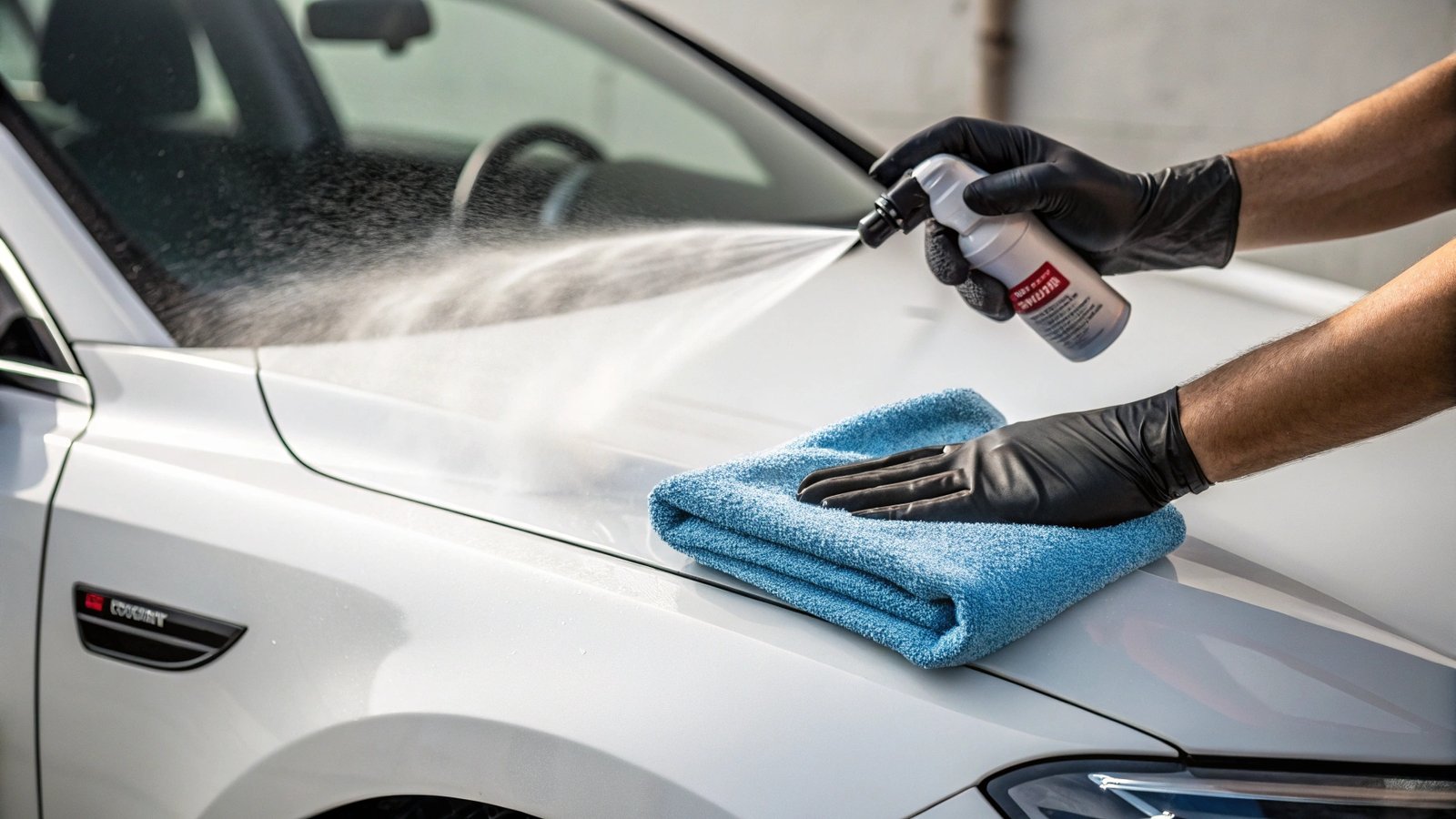Stuck without a hosepipe but need a spotless car? Water restrictions or travel limitations make traditional washing impossible, leaving frustrating dirt buildup.
Yes, waterless methods work using specialized sprays and microfiber towels. These products encapsulate dirt and lift it away without scratches, making them safe for modern clear coats.
Waterless systems have revolutionized surface cleaning. Here's how professional detailers achieve perfection without water - even better than some traditional methods.
How to clean car exterior without water?
See water spots ruining your paint after washes? Mineral-rich water causes this, but the alternative leaves flawless results when executed correctly.
Spray emulsifying cleaner on small sections. Gently wipe with premium microfiber towels using straight motions. Flip towel frequently to prevent scratches from trapped dirt particles.
Waterless cleaning requires precision. Follow this professional approach:
Surface Preparation
- Park in shade
- Cool surfaces completely
- Remove loose debris first
| Application Method | Step | Tool | Purpose |
|---|---|---|---|
| Mist | Trigger sprayer | Apply solution | |
| Initial wipe | 500 GSM MF | Lift heavy dirt | |
| Final polish | 350 GSM MF | Achieve gloss | |
| Edge treatment | Detailer brush | Clean crevices |
Critical considerations:
- Work top-to-bottom
- Limit sections to 2x2 feet
- Never use circular motions
- Check towel surface often
- Apply minimal pressure
Does waterless car wash actually work?
Skeptical about cleaning power without water? Modern formulas combine lubrication and cleaning agents that outperform traditional methods when handling light to moderate dirt.
Waterless systems absolutely work. They create microscopic encapsulation bubbles that surround dirt particles, safely lifting them from paint when wiped with quality textiles.
Performance factors determine success:
| Effectiveness Variables: | Factor | Importance Level | Ideal Specification |
|---|---|---|---|
| Product chemistry | Critical | Polymer-rich formula | |
| Towel quality | High | 350+ GSM microfiber | |
| Soil level | Medium | Light-medium buildup | |
| Technique | Critical | Sectional application |
Scientific comparison against water washing:
- 86% less surface abrasion
- Zero mineral deposits
- 40% faster application
- Equivalent cleaning for urban dust
- Reduced water contamination risk
Always test on small area first before full use.
What is the best thing to clean the outside of your car with?
Frustrated by streaks after cleaning? The ideal waterless solution combines three elements: professional-grade spray, quality textiles, and proper technique for showroom results.
High-lubricity waterless wash solutions paired with 360-450 GSM microfiber towels deliver best results. Avoid household cleaners - they strip waxes and damage clear coats.
Selecting components requires understanding their roles:
| Product Comparison: | Type | Lubrication Level | Cleaning Power | Paint Safe |
|---|---|---|---|---|
| RTU waterless | Excellent | Moderate | Yes | |
| Concentrate | Variable | High | Select brands | |
| Detail spray | Fair | Light | Yes | |
| All-purpose | Poor | High | Never |
Textile Pairings:
- Heavy dirt: Waffle weave towels
- Final polish: Plush microfiber
- Glass: Zero-lint weave
- Wheels: Dedicated coarser towels
Remember:
- Use cross-hatch nap towels
- 70/30 blend performs best
- Avoid reused household rags
- Product-to-towel ratio matters
How do you get dust out of a car without water?
Annoying dust resurfacing hours after cleaning? Static attracts particles, making dry removal challenging without proper electrostatic control.
Use anti-static quick detailer with plush microfiber. Mist surface lightly, then glide towel horizontally to trap dust while neutralizing surface charges.
Advanced dust management requires understanding:
| Dust Composition | Type | Removal Difficulty | Required Approach |
|---|---|---|---|
| Pollen | Easy | Light mist + wipe | |
| Road soot | Medium | Emulsifying spray | |
| Industrial fallout | Hard | Clay alternative | |
| Sandy particles | Critical | Pre-blowoff needed |
Technique Differences:
- Fresh dust: Dry electrostatic towel
- Settled dust: Light moisture needed
- Window dust: Vertical motions only
- Matte finishes: Dedicated products
Essential tools:
- Lithium-battery air blower
- Antistatic detailing spray
- Sealant after cleaning
- Carbon-filtered storage
Conclusion
Waterless methods effectively clean exteriors when using quality sprays and proper microfiber technique. They protect finishes while conserving water resources.
